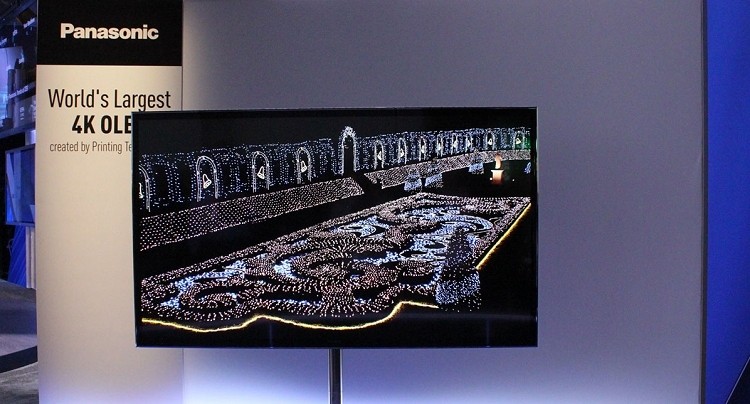
Panasonic and Sony announced a partnership during the summer of 2012 that would see them jointly develop OLED panels for use in televisions and large-sized displays. Now just 18 months after joining forces, the duo have decided to part ways according to anonymous sources as reported by the Wall Street Journal.
Many believed OLED technology would be the next big thing in televisions. Both companies showcased 56-inch OLED sets at the Consumer Electronics Show back in January but ultimately, neither company released an OLED television this year; Samsung and LG were the only two companies to do so in 2013.
It wasn’t all for not, however, as the partnership did help both companies speed up OLED production. The much-hyped OLED sets never really caught on with consumers similar to the lackluster success of 3D televisions over the past few years.
All signs at this point suggest the next major television innovation will be 4K resolution and as such, it appears that both Panasonic and Sony may instead focus their efforts in that area of research. Research firm NPD DisplaySearch forecasts shipments of 4K Ultra HD televisions will reach 1.9 million this year and swell to 12.7 million by the end of next year. At present, however, high prices and lack of content have kept most prospective buyers at bay thus far.
The publication notes that the two may still explore working together on OLED panels at some point in the future but for now, the partnership is a done deal.